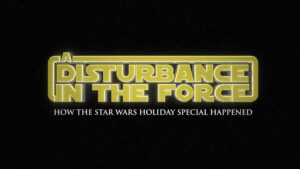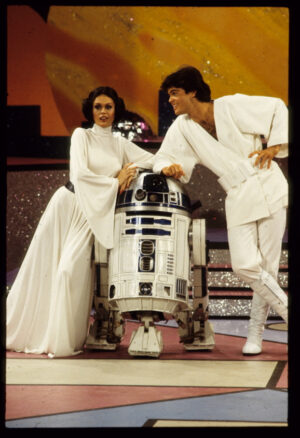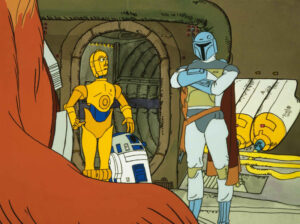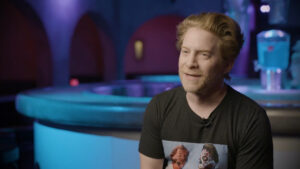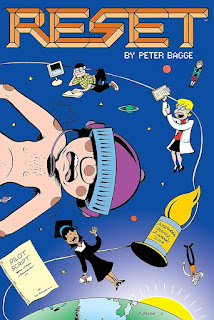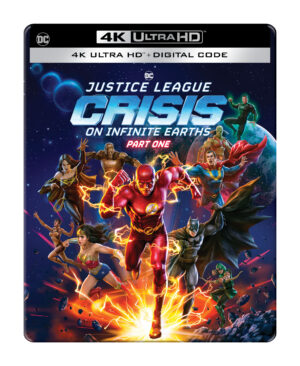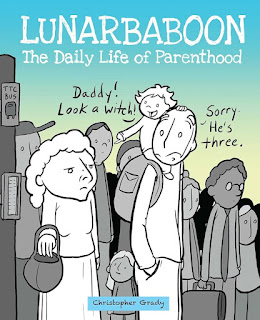REVIEW: Babylon 5: The Complete Series
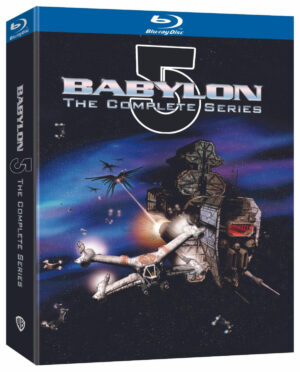
At a time when syndicated science fiction was just Star Trek series, it took some guts on Warner Bros’ part to try something darker and more experimental with J. Michael Straczynski’s Babylon 5, designed to tell a sprawling epic that was more political than it was space opera. The show arrived thirty years ago and was successful enough to spawn spin-off five telefilms and a short-lived spinoff, spanning 1993-2007.
The core of it, the 110 episodes from the original five-season series, have been remastered and collected on a nice Blu-ray box set from Warner Home Entertainment. Also included is the original pilot film.
Set in the 23rd century, the Earth Alliance has found its place among star-faring races, notably the Minbari and the Centauri. Some of these races are fine with humans; others wish them gone. Then there are the Vorlons, and no one knows what they want.
Babylon 5 is a gigantic, 5-mile-long space station built by humans but designed to house the various known major species from the stars. B 1-3 were destroyed during construction, and B4 mysteriously vanished. The sprawling station is where the bulk of the stories are told, with humans dealing with the ambassadors, aides, merchants, and others from the other known races. A Shadow War is brewing along the way and will ensnare most of the main players.
Straczynski wanted the show to have sweep and scale, something SF TV has lacked, and was determined B5 would do for television SF as Hill Street Blues had done for police dramas. With that in mind, he wrote the bulk of the series, each season taking up a year, and was designed as a finite five year arc, an ambitious goal given the vagaries of syndicated fare. He wrote 92 of the episodes and was supported on the rest by Peter David, Neil Gaiman, Kathryn M. Drennan, Lawrence G. DiTillio, D. C. Fontana, and David Gerrold, with Harlan Ellison listed as a creative consultant.
We begin with Season One – Signs and Portents, which takes its time introducing the various species and interrelationships. From there, change is the theme for Season Two – The Coming of Shadows, as Delenn transforms and Michael O’Hare steps back, replaced by Bruce Boxleitner, who seamlessly fit in. As with many series, Season Three – Point of No Return is where the show hits its stride as things are taken up a notch, and the simmering mystery of B4 is revealed. Unfortunately, that couldn’t be sustained during Season Four – No Surrender, No Retreat because JMS was under the impression there would not be a Season Five, and he hurried to tidy things up, reducing the long-promised Shadow War to a mere six episodes. Things felt rushed and uneven, though it was not his fault. This left Season Five – The Wheel of Fire as 22 episodes without an engine to drive it, leaving us with some interesting character bits, some filler, and lots of spinning plates as he valiantly tried to keep things moving forward.
It paid off, celebrated for its mature themes, complex characterizations, and thought-provoking moral dilemmas. Its large cast evolved over the years but was anchored by a stellar assortment of talent, including Bruce Boxleitner, Michael O’Hare, Claudia Christian, Jerry Doyle, Mira Furlan, Andreas Katsulas, Peter Jurasik, Richard Biggs, Andrea Thompson, Stephen Furst, Bill Mumy, Tracy Scoggins, Jason Carter, Robert Rusler, Jeff Conaway, Patricia Tallman, and Mary Kay Adams.
While Boxleitner and O’Hare were your stereotypical square-jawed heroes, the aliens had far more fun, starting with Centauri Ambassador Londo Mollari (Peter Jurasik), whose rivalry with G’Kar (Andreas Katsulas), the Narn ambassador, provided the series with some of its best moments. The other pivotal player was Delenn (Mira Furlan), the Minbari ambassador, who willingly altered herself into half-Minbari/half-human, which had dramatic repercussions among her people.
The show was never a critics’ darling or top-rated show compared with its Star Trek competition as it arrived while TNG, DS9, and even Voyager filled the screens. While those explored strong themes, few did so with the same level of maturity and depth that JMS did with B5, which is why it endures in fan memory. Issues of faith, morality, and sexuality are openly discussed and addressed through the actions and reactions of its characters. Psionics are real in this world and various Psi-Corps officers play key parts in the serial, notably Trek-veteran Walter Koenig as Alfred Bester (named after the Golden Age SF author).
“There are things in the Universe billions of years older than either of our races. They are vast, timeless, and if they are aware of us at all, it is as little more than ants, and we have as much chance of communicating with them as an ant has with us,” G’Kar observes at one point and reminds us of how much tapestry is left to be woven.
Visually, the series was the first to experiment with all-CGI SFX, and in high definition, it may appear rudimentary, but you have to give Warner credit for getting on the cutting edge of, ahem, the future. Sitting with the box set, you have to admire the structure of the series, enjoy the enhanced visuals at 1080p, and enjoy its well-matched audio track.
There are no bonus special features other than the pilot film.


